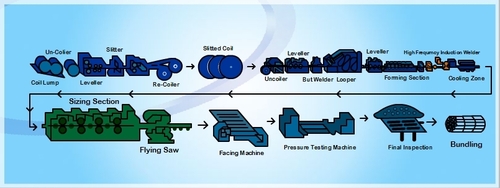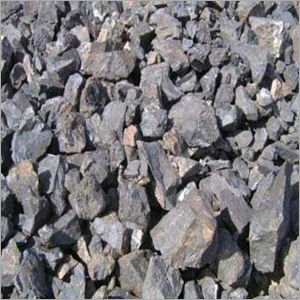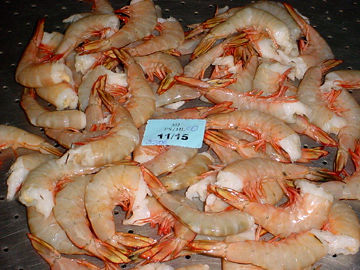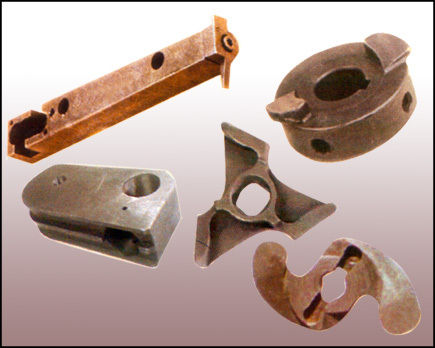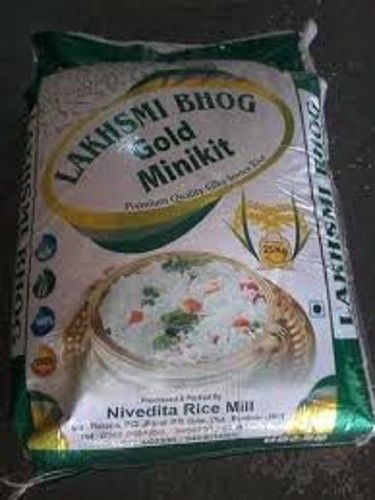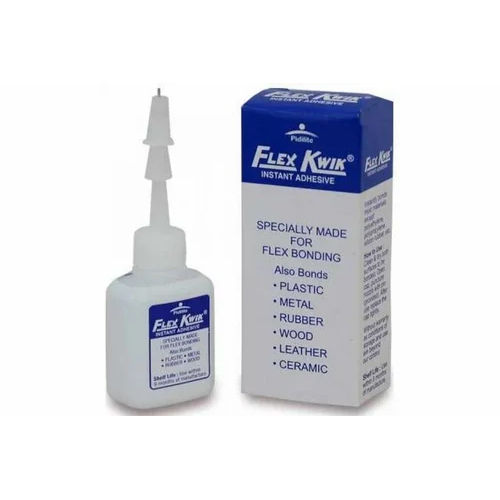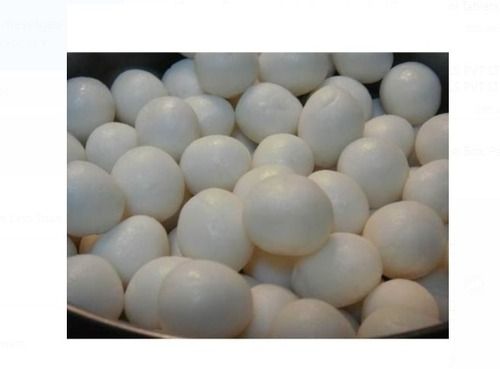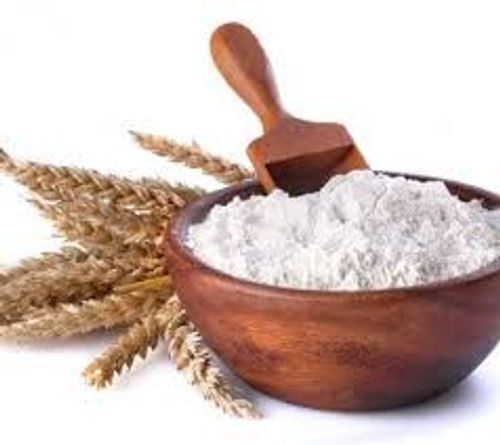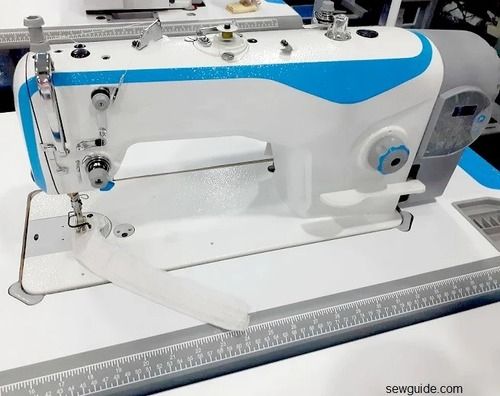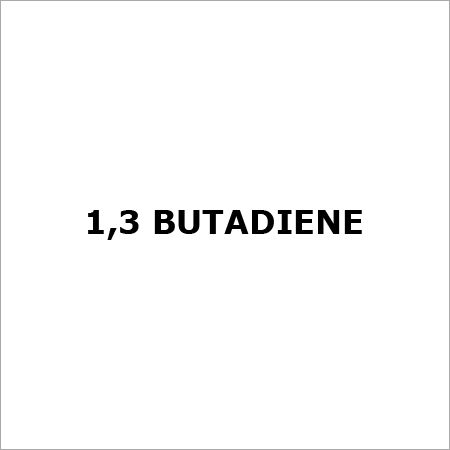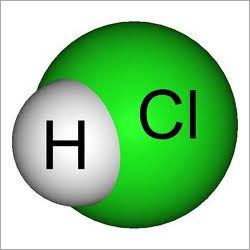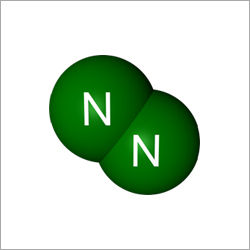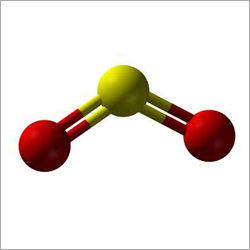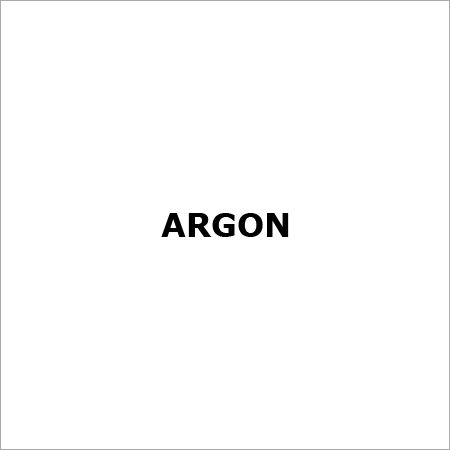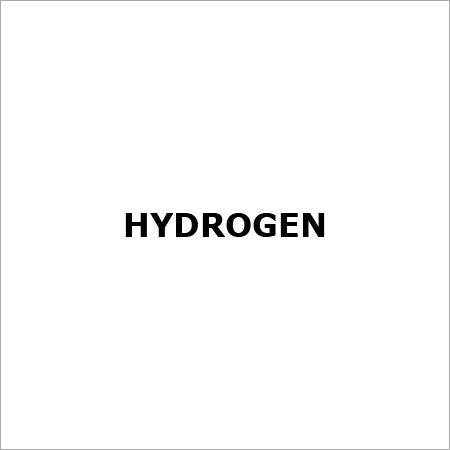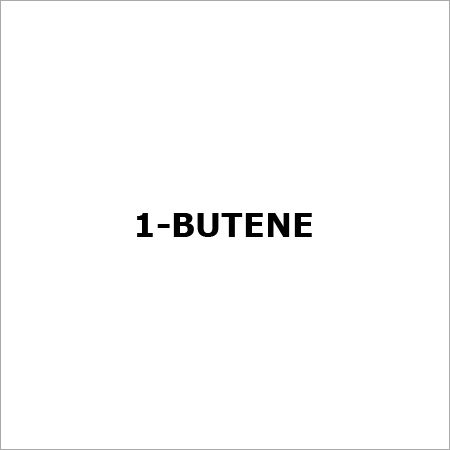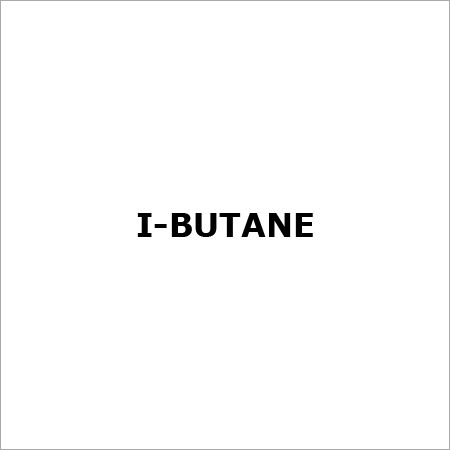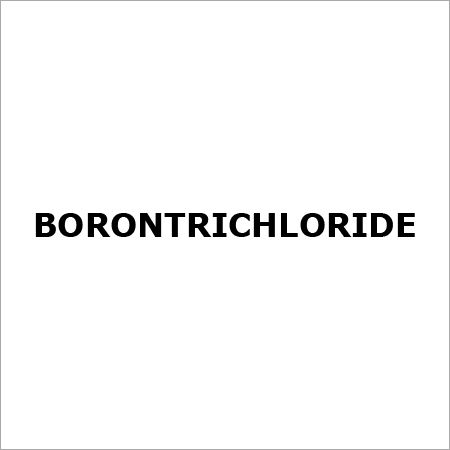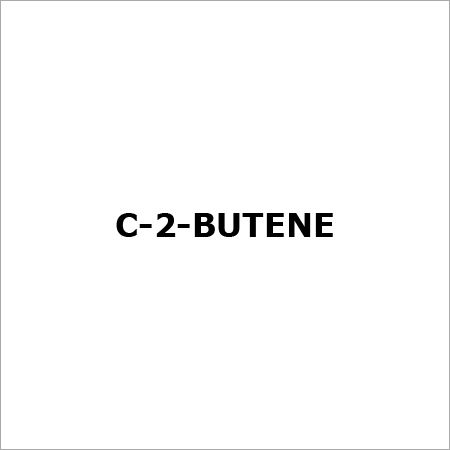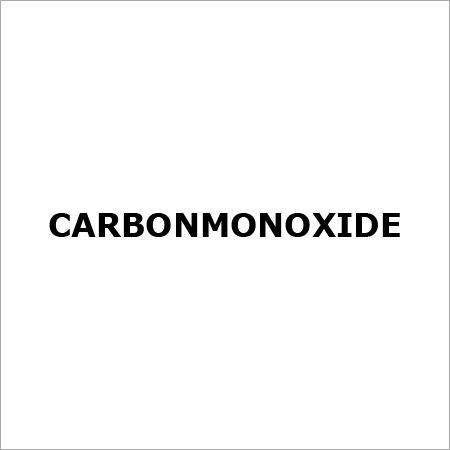n-ButaneProduct Information Quality Code 2.5 3.5 Purity % volume >99.5 >99.95 Impurities ppm (where nothing else stared) H2O <10 O2 <10 CO2 <10 Other CnHm <0.5% <500 General information Filling pressure at 15 oC, bar 1.75 Material recommendations Gas: No restrictions.Liquid: Avoid plastic and rubber Characteristics High flammable, liquefied, colorless gas. Health risks Asphyxiating, weak anaesthetizer. Transport ADR Class 2, 3 (b) Physical data Molecular weight 58.12 Boiling point at 1.013 bar, oC -0.5 Density (1.013 bar, 15 oC) kg/m3 2.55 Vapor pressure at 0 oC, bar 1.04 20 oC, bar 2.1 Flammability range in air, % (volume) 1.8-8.4 Specific volume(1.013 bar, 15 oC), m3/kg 0.393 SourceBoth n-butane and iso-butane are recovered from natural and refinery gases. Recovery is effected by absorption at high pressures in a suitable absorber oil and subsequent fractionation to remove propane and the pentanes. The two butanes are then separated by careful distillation.Applicationsn-Butane is primarily used as a heating fuel.n-Butane is used to fill the thermobulbs in pressure and temperature gauges.n-Butane is used as a chemical intermediatefinflthe manufacture of a variety of organic chemicalsAcetic AcidButadiene, used as a raw material for the production of synthetic rubbersEthene.n-Butenes employed for the production of butadienes, butanol, maleic anhydride and polybutenespropylene.n-Butane is required in mixtures for use as calibration standards for analyzers in gas andoil refineries.n-Butane finds widespread use as a heating fuel and as a special motor fuel, e.g., for forklift trucks, in circumstances where conventional fuel exhausts would be undesirable, suchas inside buildings. It is also used as a standard fuel gas for the calibration of burners.n-Butane is also used as an aerosol propellant, alone or mixed with other hydrocarbons.n-Butane/helium mixtures are used in ionizing particle counters.



